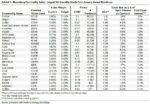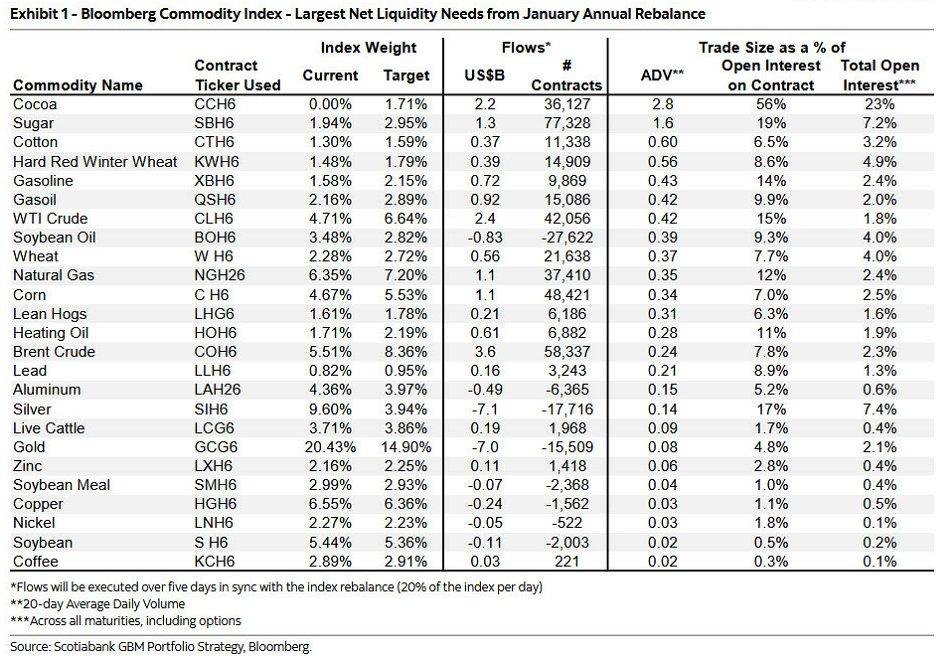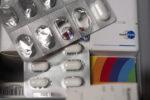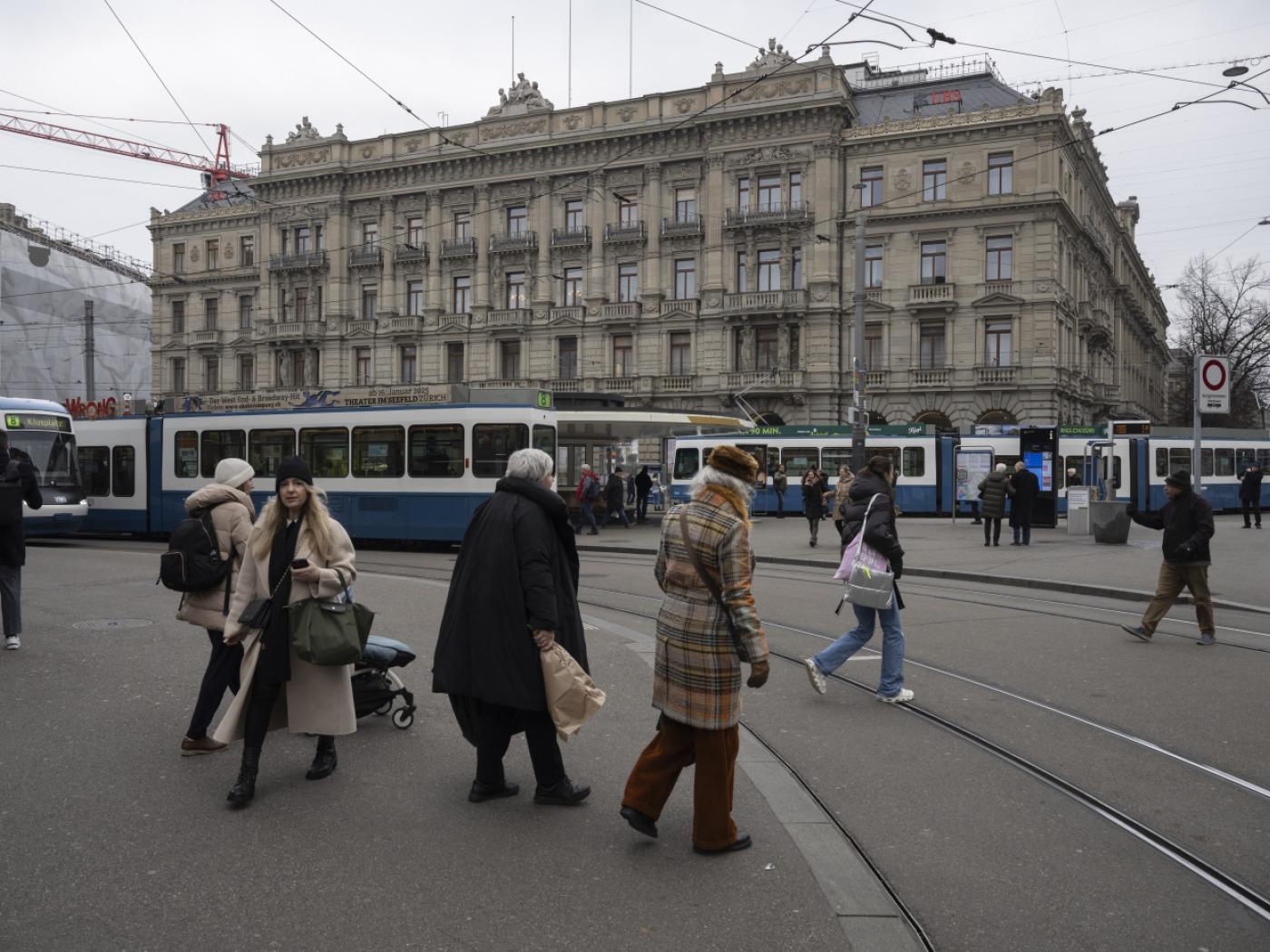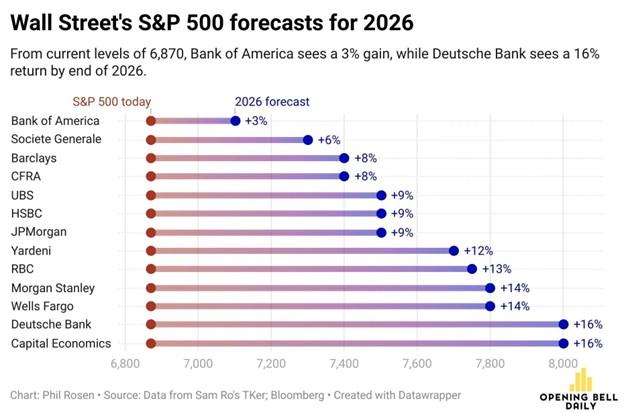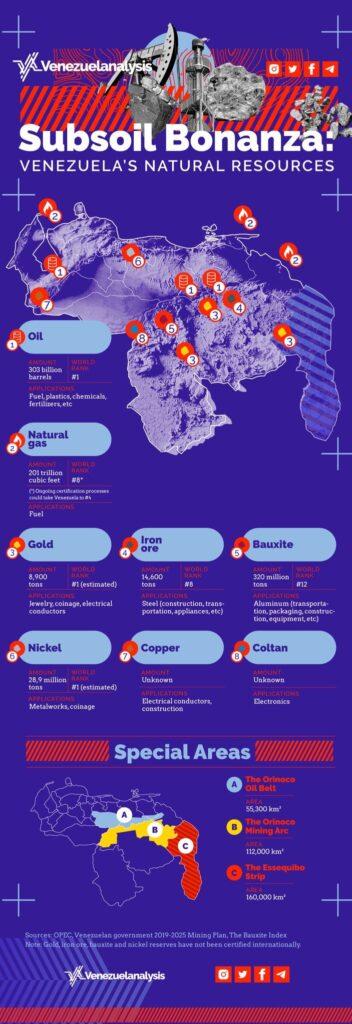Overview: The dollar fell alongside US rates yesterday after the softer than expected CPI. The move on both rates and the dollar were pared after the FOMC meeting which held rates steady as widely expected, but the median dot now anticipated one cut this year rather than three. The dollar has recovered more ground today and is trading with a slightly firmer bias G10 currencies. However, trading is quiet and mostly narrow ranges have dominated. North American leadership is sought, and range extension is likely. Most emerging market currencies, on the other hand, are firmer with a few exceptions, mostly from central Europe, and the Chinese yuan.
Asia Pacific bonds played catch-up with the decline in US yield yesterday. European bonds are paring yesterday's gains and yield are up 1-5 basis points. Some pressure may be coming from MSCI's decision not to include EU bonds from its sovereign index. The 10-year US Treasury yield is off one basis point to 4.30%. The US auctions $22 bln 30-year bonds today and $140 bln of bills. Near midday in NY, the Fed's Williams interviews Treasury Secretary Yellen. Turning to equities, there is a mixed performance today. In the Asia Pacific, most large markets advanced with Japan and China being notable exceptions. Europe's Stoxx 600 is giving back around half of yesterday's nearly 1.1% gain. The S&P 500 and NASDAQ gapped higher yesterday to new record before consolidating after the FOMC meeting. They are both trading with a firm bias today, especially the NASDAQ. Gold is trading softer and threatening to end the three-day correction during which it rose by about 1.3% after falling almost 3.5% after the US jobs report last Friday. It is off around $10 in European trading. August WTI is also softer after advancing in the past three sessions. It is about 1% lower, trading slightly below $77.50.
Asia Pacific
Australia's May employment report was stronger than expected but greater market forces still saw Australian bonds rally and the Australian dollar slip. It created nearly 40k jobs last month, compared with a 40.6k average in the first four months of the year. Moreover, there were all full-time positions (41.7k) after falling 7.6k in April. The participation rate was flat at a 66.8% after April was revised up from 66.7%. It is a little below the record-high set last November at 67%. Still, the unemployment rate slipped to 4% from 4.1%. The swaps market shows practically no chance of an RBA rate cut at next week's meeting or in the second half. The futures market appears to be discounting around a 45% chance of a cut before the end of the year (~50% at the end of last week). Turning to Japan, investors dumped JPY2.65 trillion (~$16.8 bln) foreign bonds last week, according to the MOF. That is the most since what appears to be the divestment in 2015 (~JPY3.1 trillion).
The dollar was sold from around JPY157.20 to around about JPY155.75 after the softer than expected US CPI. It recovered to almost JPY156.70 after the FOMC's announcement and during Chair Powell's press conference. Look for yesterday's range to hold into tomorrow's outcome of the BOJ meeting. It edged a little higher today but is holding below the week's high near JPY157.40. The high from late May was closer to JPY157.70. After closing below $0.6600 at the end of last week for the first time since May 8, the Australian dollar surged after the US CPI and poked above $0.6700, the upper end of its recent range. It pulled back to around $0.6655 post-FOMC and eased to around $0.6640 today. Near-term conviction has been shattered by the dramatic swings over the past few sessions and more consolidative trading is likely. There are around A$1 bln of options at $0.6630 and another set for about half as much at $0.6650 that expire today. The dollar retreated from CNH7.2740 to CNH7.2500 yesterday before recovering to almost CNH7.2620. The greenback is trading firm mostly above CNH7.26 today, though holding below CNH7.2675. The PBOC set the dollar's reference at CNY7.1122 (CNY7.1133 yesterday). The average in Bloomberg's survey was CNY7.2410 (CNY7.2544 yesterday).
Europe
The softer than expected US CPI and the rally in US Treasuries saw European yields unwind some of the recent surge and the euro unwound a little more than 2/3 of its post-US jobs data/post EU Parliament election losses. Today's aggregate April industrial production (-0.1%, in line with softer expectations after last week Germany's reported 0.1% decline rather than a 0.2% gain that had been anticipated) has had minimal impact. Similarly, tomorrow's aggregate April trade balance is also unlikely to be much of a market-mover. The market appears to have already taken onboard that the trade-shock has ended. In Q1, the euro area reported an average monthly trade surplus of about 20 bln euros. The Q1 22 and Q1 23, deficits were recorded. Historical comparisons for earlier periods are distorted by Covid and terms-of-trade issues (relative import and export prices). The trade surplus in Q1 19 averaged 15.4 bln euros. Sweden reports May CPI tomorrow and it is expected to have fallen by 0.1% on the month, which will allow the year-over-year rate to moderate to 3.5%. That would be the lowest since November 2021. The underlying rate, which uses fixed interest rates and is targeted measure, is also expected to fall by 0.1%, with the year-over-year rate easing to 2.1%. It was at 6.7% last May. The Riksbank delivered its first cut last month. There is little chance of a cut this month (June 27), but the market has the second cut fully discounted for following meeting on August 20.
The softness of the US CPI and the drop in US rates, spurred a risk on environment that ignited a little more than a cent rally in the euro to slightly above $1.0850. Its recovery overshot the (61.8%) retracement of the losses since last Friday's US jobs market found near $1.0830 on an intraday basis, but the close was well below. It has been confined to a narrow range of roughly $1.0800-$1.0815 today. Still, the single currency is back into the $1.08-$1.09 trading range that has dominated since the middle of May. That said, there are almost 3 bln euros in options that expire today $1.0775-1.0780. Sterling flew yesterday. The US CPI offset the disappointing UK GDP. Sterling rose to $1.2860, its best level since the high for the year was recorded a little below $1.29 on March 8. It pulled back and settled slightly below $1.28. It is in about a quarter-cent range today mostly below $1.28. Support now may be in the $1.2750-60 area. Its low on Monday was near $1.2690.
America
Today's PPI pales in comparison to yesterday's CPI and FOMC meeting. The CPI came in a little lower than expected and saw US yields completely unwind the employment induced gains. In fact, the two-year yield tumble by the most this year. The 16 bp drop took the yield below 4.70% for the first time in a little over two months but it settled back above following the FOMC conclusion. The 10-year yield dropped 13 bp to almost 4.26%, it low since April 1. It settled near 4.30%. The CPI measure that has taken on a special role in this cycle is the core services measure excluding shelter slipped (-0.04%) after averaging 0.5% in the previous three months. The three-month annualized headline pace of CPI eased below 3% for the first time since January, and the six-month annualized pace slowed to 3.2% from 3.6%. As we suspected, the Fed's median projection reduced the number of cuts this year from three to one. One of those cuts were shifted into 2025, and now four are projected next year. The median forecast of the core PCE deflator was lifted to 2.8% from 2.6%. The price action post-FOMC was consistent with the hawkish hold we thought was the most likely scenario. The year-over-year pace of PPI is expected to firm slightly with the headline and core rates converging at 2.5%. A couple of elements of the PPI feed into the PCE deflator but the takeaway from the CPI is that the core PCE deflator may slow to 2.5%-2.6% from 2.8%. Separately, the G7 summit begins today and there is nothing like a common threat to suppress intra-capitalist rivalries. Seeking China's cooperation in stop assisting Russia's war effort at the same time that EU hikes tariffs on Chinese EV and US more measures to block China's access to cutting edged chip architecture ("GAA" or gate all-around), while setting up a permanent Japan, South Korea, US office (the basis of an Asia-Pacific NATO) sends conflicting messages. Chinese officials may see it as Washington and Brussels saying, “stop helping Russia so we can turn even more attention to checking your disruptive behavior." Reports suggest China may be creating entities to manage the economic ties between the two countries that are sanction-proof in that they will not transact in US dollars directly or indirectly may stand at arm’s length from other financial institutions that could be sanctioned. The G7 have reached an agreement on accessing the profits from Russia's frozen assets to aid Ukraine.
The Canadian dollar benefited from the US dollar setback and risk-on environment, rising to its best level of the week. However, once the greenback began recovering and risk appetites steadied, the Canadian dollar folded. The US dollar fell to about CAD1.3680 (last Friday's low was near slightly above CAD1.3660), which is also where the 20-day moving average was found, before recovering to around CAD1.3735. Previous resistance near CAD1.3750 is holding so far today. That said, the risk is on the upside and a test on the CAD1.3760-80 area seems likely. The greenback soared to almost MXN19.00 and made a marginal new high after the US CPI release. It pulled back to almost MXN18.60 before peso selling re-emerged and the dollar returned to above the middle of the session's range (~MXN18.75). Still, off over 1.10% yesterday, the peso was the weakest in the emerging market space. The dollar is consolidating today mostly between MXN18.70 and MXN18.84. Through yesterday, the peso was off about 9.4% since the election. The Colombian peso has fallen 4% at the same time and the Brazilian real depreciated by nearly 3%, to round out the three worst emerging market currencies this month.
Tags: #USD,Australia,capital flows,Currency Movement,EMU,Featured,FOMC,Japan,newsletter,Sweden,Trade,US



















